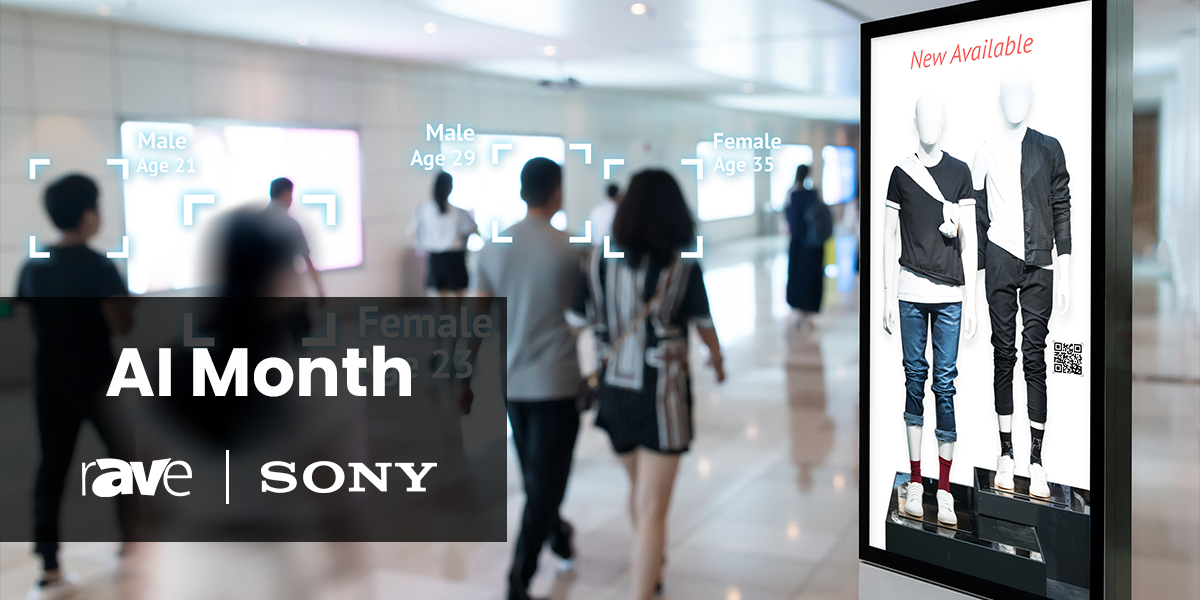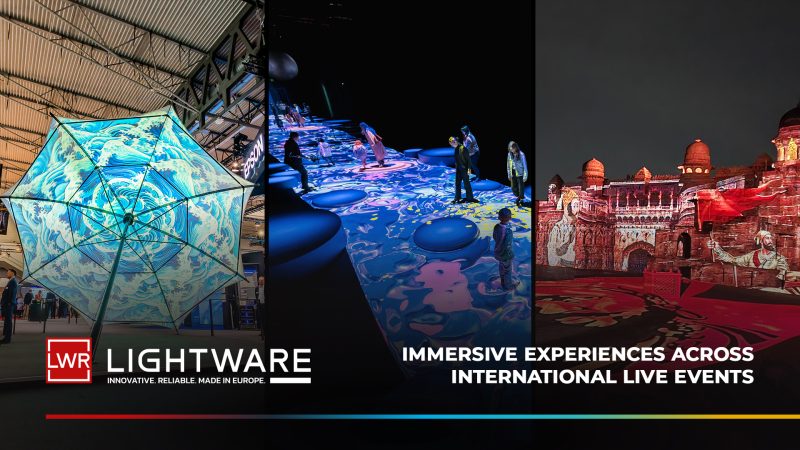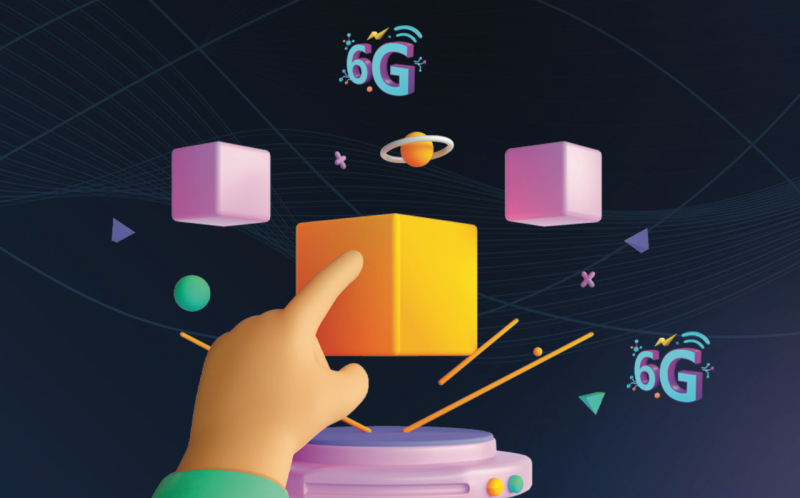
How AI is Used in Digital Signage

AI Month is sponsored by Sony.
Digital signage is rapidly transforming the way businesses communicate with their customers. From retail stores to transportation hubs, digital displays offer dynamic and interactive ways to deliver information and engage with audiences. And with the advent of artificial intelligence (AI) technology, the potential of this market has become even more expansive.
AI-enabled applications leverage machine learning algorithms and computer vision to analyze data and automate content delivery. This allows businesses to personalize messaging based on audience demographics, preferences, and behavior, and create more engaging and relevant experiences.
Here are some key ways AI is being used in digital signage applications:
Audience Recognition and Analysis
AI technology can be used to analyze audience demographics and behavior in real-time, allowing businesses to tailor content and messaging accordingly. Facial recognition software can identify the age, gender, and even mood of viewers, while sensors can track their movements and gestures. This data can then be used to deliver personalized content, such as targeted ads, promotions, or even interactive games.
Watch the video below to see how one company is using this technology.
Predictive Analytics
AI algorithms can also be used to analyze historical data and predict future trends, allowing businesses to optimize their digital signage strategy. By analyzing data on foot traffic, sales, and customer behavior, businesses can better understand their audience and adjust their messaging and content accordingly. For example, if data suggests that certain promotions are more effective on certain days or times, businesses can adjust their signage accordingly.
Dynamic Content Generation for Digital Signage Applications
With AI-enabled digital signage, businesses can automatically generate content based on data and audience behavior. For example, a retail store might use machine learning algorithms to analyze sales data and generate promotional offers in real-time. Similarly, airports or transit hubs might use computer vision to track flight information and generate real-time updates for travelers.
Personalized Recommendations
AI algorithms can also be used to generate personalized recommendations for customers based on their behavior and preferences. For example, a restaurant might use computer vision to analyze customer orders and recommend menu items based on their past purchases. This can help businesses increase customer loyalty and drive repeat business.
Interactive Digital Signage Experiences
AI-enabled digital signage can also create more interactive and engaging experiences for customers. For example, businesses might use gesture recognition technology to allow customers to interact with displays and access information or content in a more hands-on way. This can create a more immersive and memorable experience for customers.
In conclusion, AI is transforming the world of digital signage by enabling businesses to create more personalized, engaging, and interactive experiences for their customers. By analyzing data and automating content delivery, AI-enabled digital signage can help businesses optimize their marketing strategy, increase customer loyalty, and drive revenue growth. As AI technology continues to evolve, the possibilities for digital signage are truly limitless.
Editor’s Note: This entire article was written by ChatGPT, a natural language processing tool driven by artificial intelligence that can answer questions and even create fully-formed articles. The LAVNCH [CODE] team only edited for formatting and style.
Want more AI Month articles? Click here.









